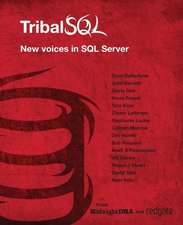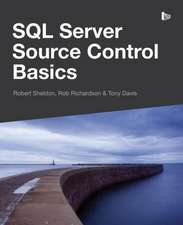Graph Data Modeling for NoSQL & SQL: Visualize Structure & Meaning
Autor Thomas Frisendalen Limba Engleză Paperback – sep 2016
Preț: 279.80 lei
Preț vechi: 349.76 lei
-20% Nou
Puncte Express: 420
Preț estimativ în valută:
53.55€ • 55.70$ • 44.21£
53.55€ • 55.70$ • 44.21£
Carte disponibilă
Livrare economică 25 martie-08 aprilie
Preluare comenzi: 021 569.72.76
Specificații
ISBN-13: 9781634621212
ISBN-10: 1634621212
Pagini: 300
Ilustrații: illus
Dimensiuni: 190 x 235 x 16 mm
Greutate: 0.43 kg
Editura: Technics Publications Llc (US)
Colecția Technics Publications LLC (US)
ISBN-10: 1634621212
Pagini: 300
Ilustrații: illus
Dimensiuni: 190 x 235 x 16 mm
Greutate: 0.43 kg
Editura: Technics Publications Llc (US)
Colecția Technics Publications LLC (US)


























